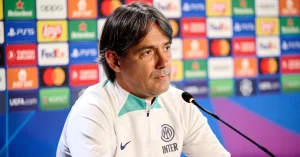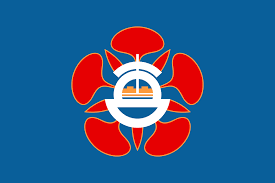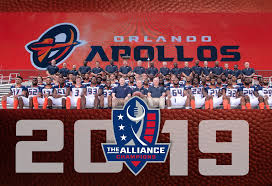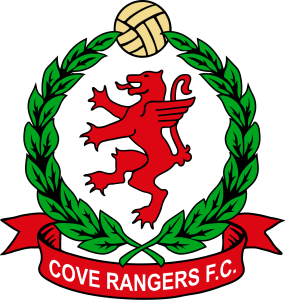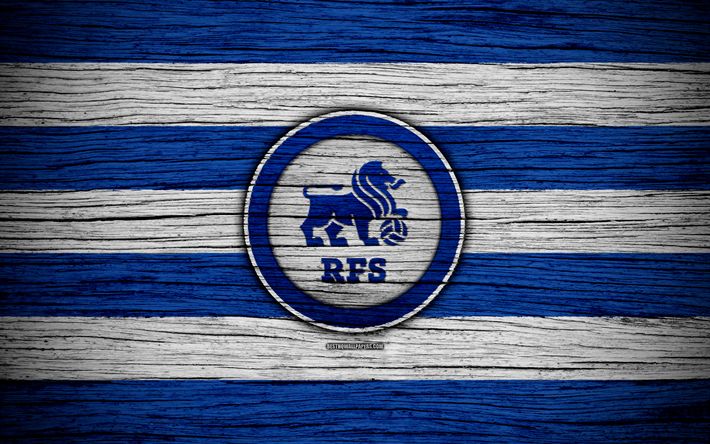
Latvia Virsliga FC
Latvia Virsliga FC is the top-tier football league in Latvia, embodying the spirit and passion of Latvian football. Established in 1992, this league has been a cradle for talent and a competitive ground for clubs that aim to showcase their prowess on both domestic and international stages. The Latvia Virsliga FC presents an exciting landscape filled with numerous challenges, triumphs, and untold stories from its clubs and players.
The league not only emphasizes the importance of sporting excellence but also reflects the cultural and social dynamics of Latvia. As we delve deeper into the intricacies of Latvia’s premier football competition, we will explore its history, structure, key teams, and various factors that contribute to its growth and popularity.
Understanding the Structure of Latvia Virsliga FC
The Latvia Virsliga FC operates under a well-defined structure that governs how clubs compete against each other throughout the season. This section examines the framework, rules, and regulations that shape the league dynamics Sbobet.
League Format and Competition Rules
The format of the Latvia Virsliga is designed to ensure a fair and balanced competition among clubs. Generally, the league consists of a set number of teams that compete over a season.
The league follows a double round-robin format where each team plays every other team twice, once at home and once away. This arrangement allows for a comprehensive evaluation of clubs’ performances, as consistency across home and away games becomes critical.
The points system awards three points for a win, one point for a draw, and no points for a loss. At the end of the season, the team with the highest points total is crowned the champion, earning the right to represent Latvia in European competitions.
Promotion and Relegation System
The promotion and relegation system in Latvia Virsliga FC plays a vital role in maintaining competitiveness within the league. The bottom teams face the risk of relegation to the lower divisions, while the top teams from the lower leagues vie for promotion.
This fluidity encourages clubs to invest in player development and improve their competitiveness to avoid relegation, thereby fostering a more dynamic football environment. Moreover, it instills a sense of urgency and ambition among teams, pushing them to maximize their potential.
Financial Aspects of the League
Financial considerations are paramount in any football league, and Latvia Virsliga FC is no exception. The league’s financial health influences club operations, including player acquisitions, coaching staff hires, and facility improvements.
Revenue streams primarily consist of broadcasting rights, sponsorship deals, and match-day earnings. However, many clubs face financial constraints that impact their ability to attract top talent or undertake significant upgrades. This disparity in financial strength can lead to uneven competition, which is a challenge that the league continues to address.
Youth Development and Clubs’ Infrastructure
Youth development remains a cornerstone of Latvia Virsliga FC, with many clubs focusing on nurturing young talent through their academies. The focus on grassroots initiatives allows clubs to develop homegrown players who understand the ethos and culture of their respective clubs.
Investing in infrastructure, such as training facilities and youth academies, is crucial for clubs aiming to sustain long-term success. A robust youth program can not only produce talented players but also serve as a financial asset for clubs looking to sell players to bigger leagues in Europe.
